Security News
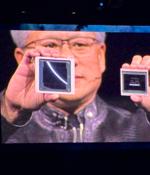
NVIDIA's newest GPU platform is the Blackwell, which companies including AWS, Microsoft and Google plan to adopt for generative AI and other modern computing tasks, NVIDIA CEO Jensen Huang announced during the keynote at the NVIDIA GTC conference on March 18 in San Jose, California. Along with the Blackwell GPUs, the company announced the NVIDIA GB200 Grace Blackwell Superchip, which links two NVIDIA B200 Tensor Core GPUs to the NVIDIA Grace CPU - providing a new, combined platform for LLM inference.

Two British teens who were members of the Lapsus$ gang have been sentenced for their roles in a cyber-crime spree that included compromising Uber, Nvidia, and fintech firm Revolut, and also blackmailing Grand Theft Auto maker Rockstar Games. Arion Kurtaj, 18, of Oxfordshire, was sentenced Thursday to detention at a hospital in the UK for an indefinite amount of time.

Chinese video surveillance equipment maker Hikvision was reportedly paid $6 million by Beijing last year to provide technology that could identify members of the nation's Uyghur people, a Muslim ethnic majority, according to physical security monitoring org IPVM. The payment was documented in a contract between Hikvision and the Chinese government obtained by IPVM. "While the People's Republic of China has sharply restricted access to sensitive documents such as this one, this shows that persecution of Uyghur ethnic minorities is ongoing and that Hikvision, in what the authorities called its 'standard configuration,' can and does supply this human rights-abusing software," IPVM's researchers reported last week. Hikvision earned itself a spot on the US blacklist in 2019 for allegedly being complicit in Beijing's suppression of the Uyghur population.

Throughout the first day of the conference, CEO Michael Dell and fellow executives drilled down into what AI could do for enterprises beyond ChatGPT. "Enterprises are going to be able to train far simpler AI models on specific, confidential data less expensively and securely, driving breakthroughs in productivity and efficiency," Michael Dell said. Dell's solution, Project Helix, is a full stack, on-premises offering in which companies train and guide their own proprietary AI. For example, a company might deploy a large language model to read all of the knowledge articles on its website and answer a user's questions based on a summary of those articles, said Forrester analyst Rowan Curran.
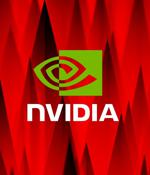
Nvidia has released a display driver hotfix to address recently reported high CPU usage and blue screen issues on Windows 10 and Windows 11 systems. As the company explains, the GeForce Hotfix Driver Version 531.26 fixes higher CPU usage from NVIDIA Container that could be observed after exiting games and random bug checks on some laptop models.
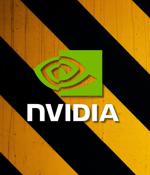
Nvidia confirmed today that it's working to fix a driver issue causing high CPU usage and blue screens of death on Windows systems. The buggy driver is the GeForce Game Ready 531.18 WHQL driver released on February 28th that introduced support for RTX Video Super Resolution.
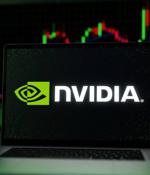
Nvidia fixed more than two dozen security flaws in its GPU display driver, the most severe of which could allow an unprivileged user to modify files, and then escalate privileges, execute code, tamper with or steal data, or even take over your device. In total, the chipmaker patched 29 vulnerabilities affecting Windows and Linux products, including 10 high-severity bugs.
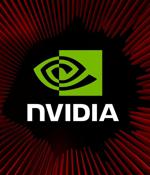
NVIDIA has released a security update for its GPU display driver for Windows, containing a fix for a high-severity flaw that threat actors can exploit to perform, among other things, code execution and privilege escalation. The latest security update addresses 25 vulnerabilities on the Windows and Linux GPU drivers, while seven flaws are categorized as high-severity.
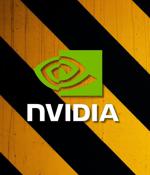
NVIDIA has acknowledged performance issues affecting systems with NVIDIA GPUs after installing the Windows 11 22H2 Update. The official fix for this known issue is to update the company's GeForce Experience software suite to the 3.26 Beta version, which addresses the problems.
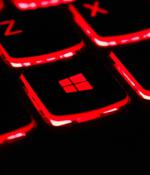
The Windows 11 22H2 feature update released earlier this week is reportedly causing gaming performance issues on systems with NVIDIA GPUs. As detailed in reports shared across several online platforms and on Microsoft's online community, some users experience stuttering and massive lag while playing games due to what looks like significant drops in CPU usage after installing the Windows 11 2022 Update.